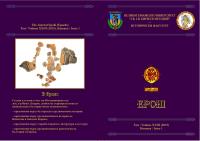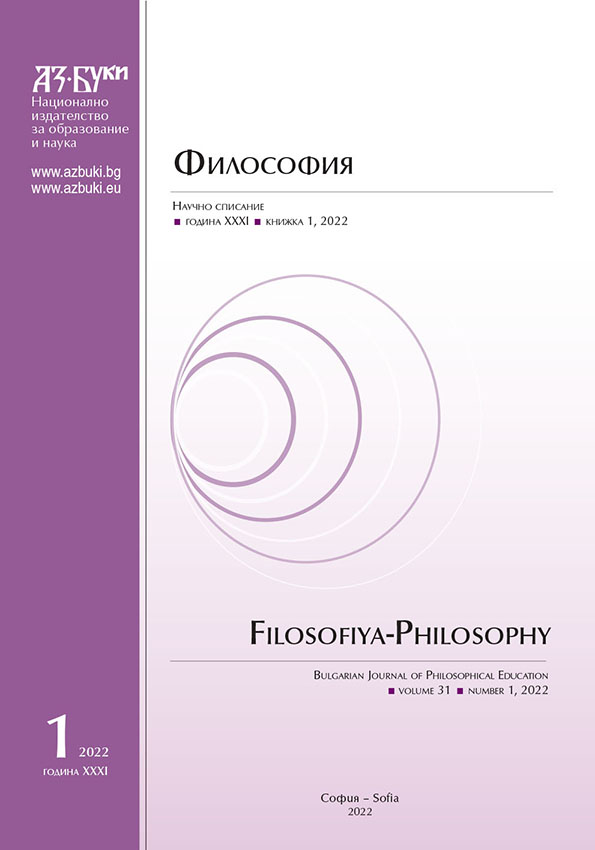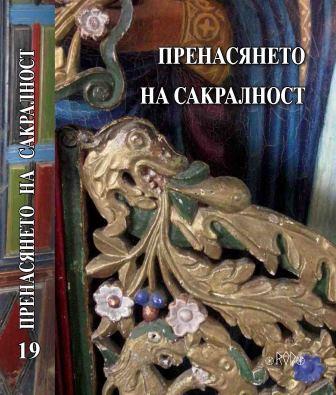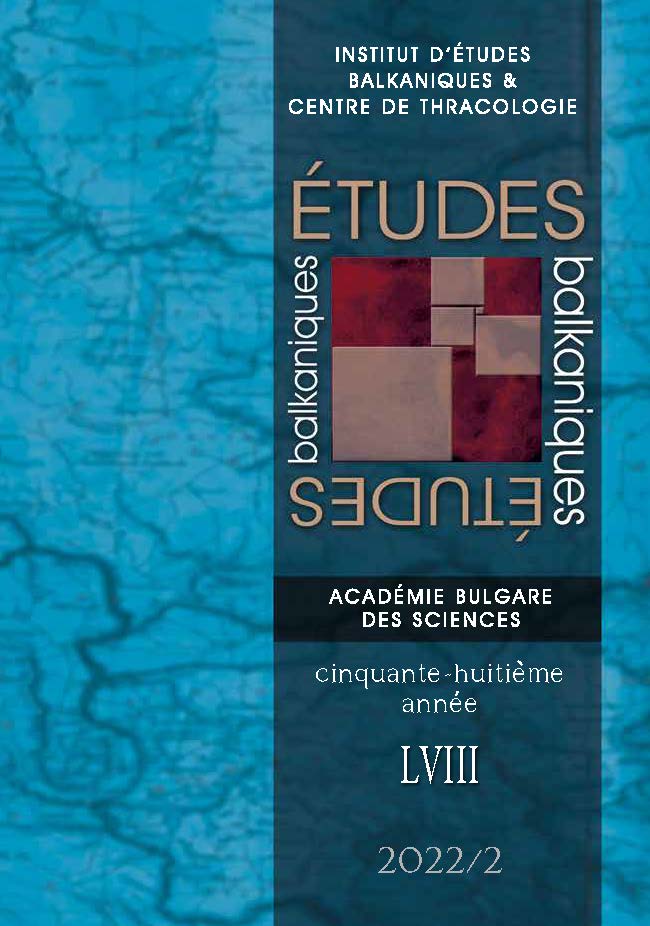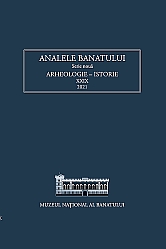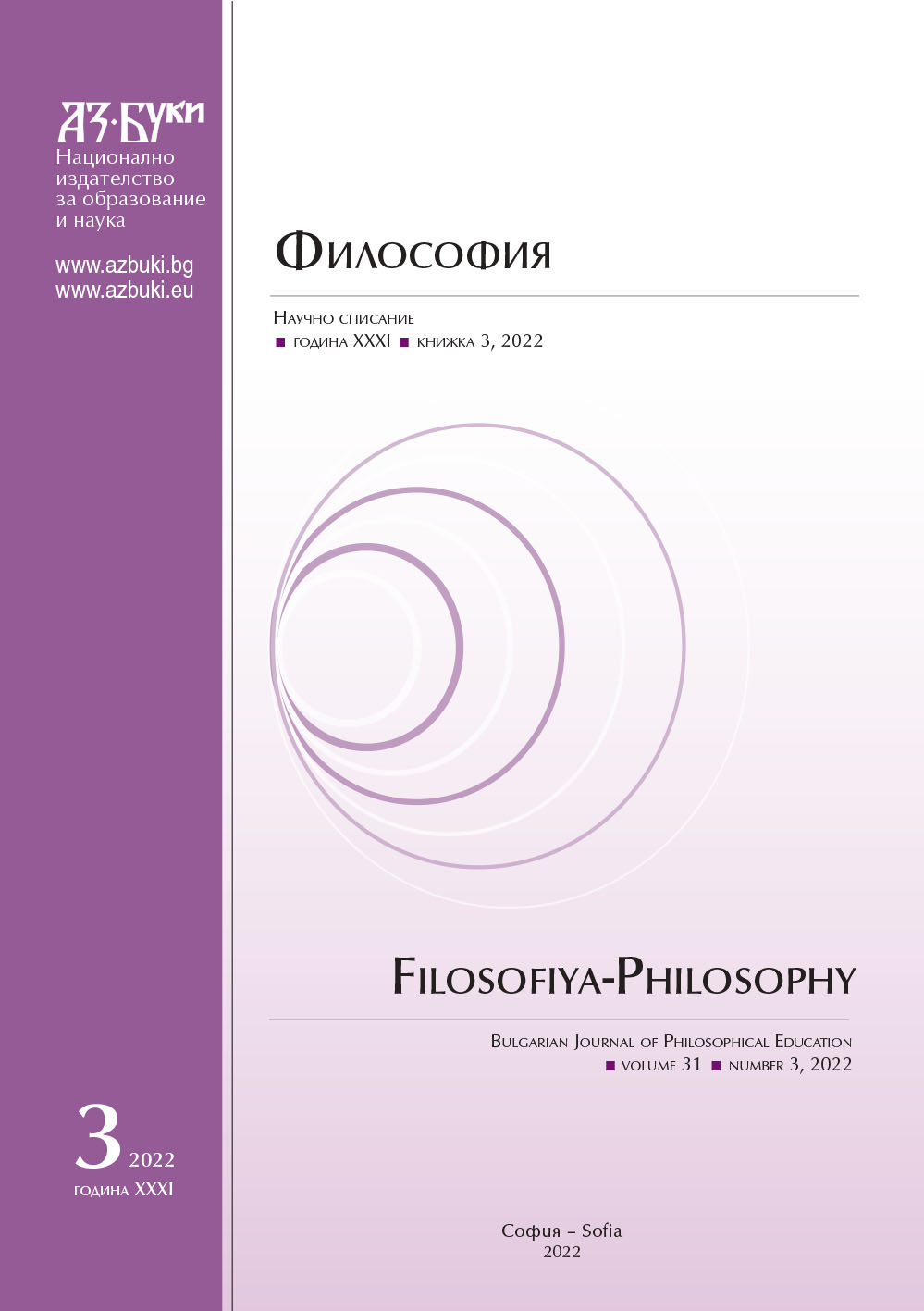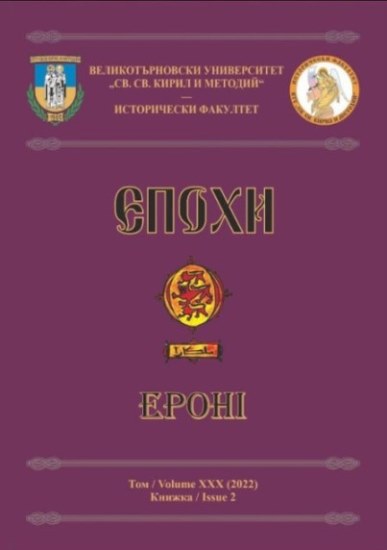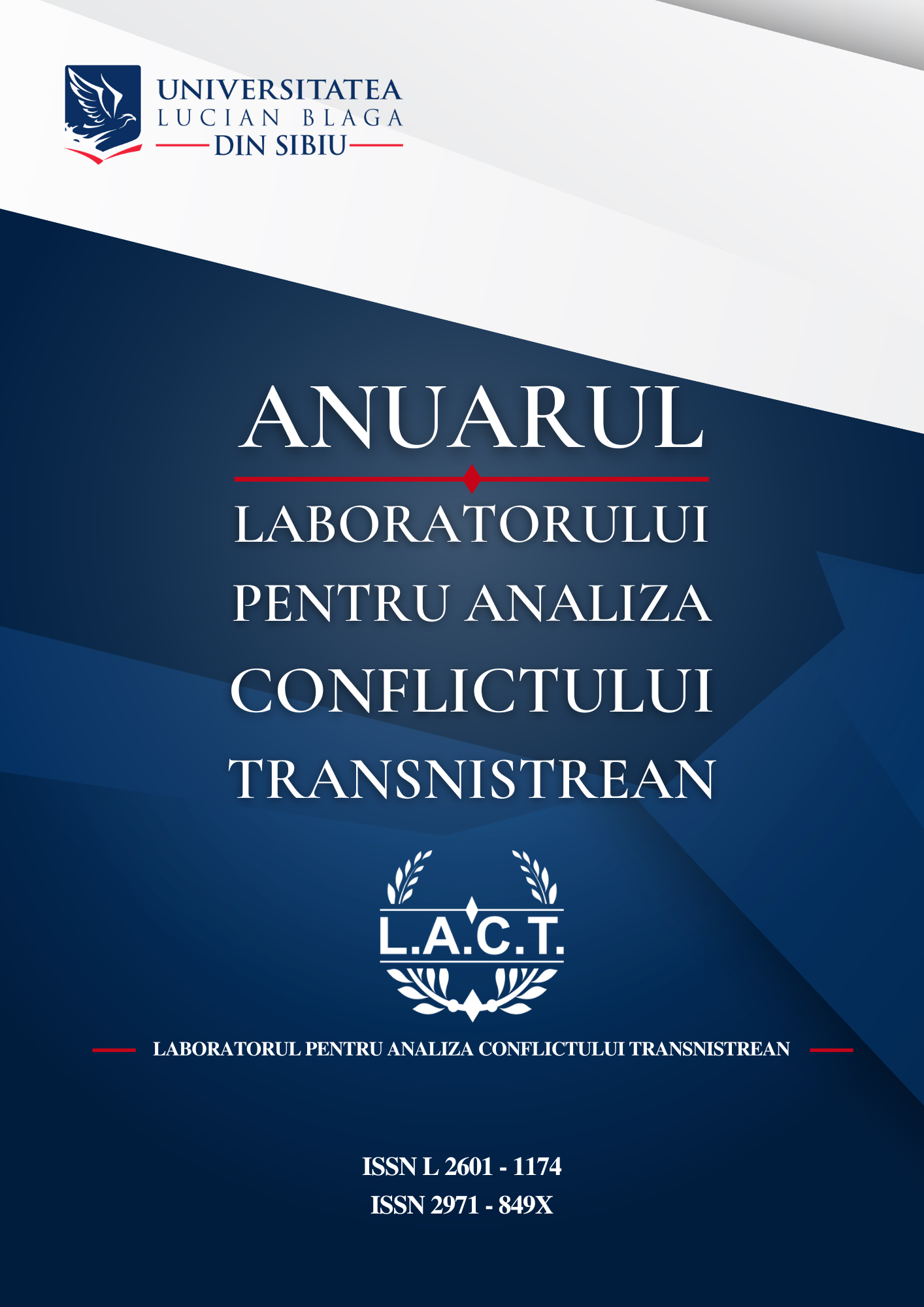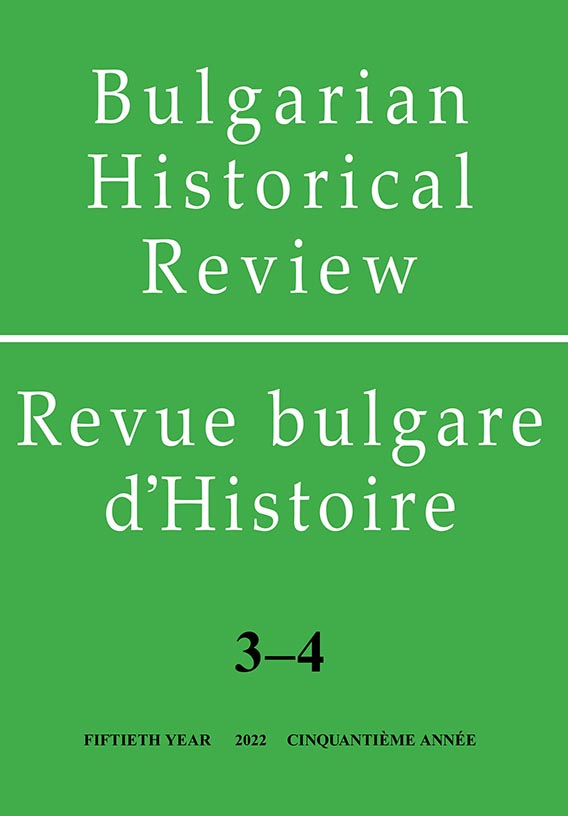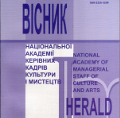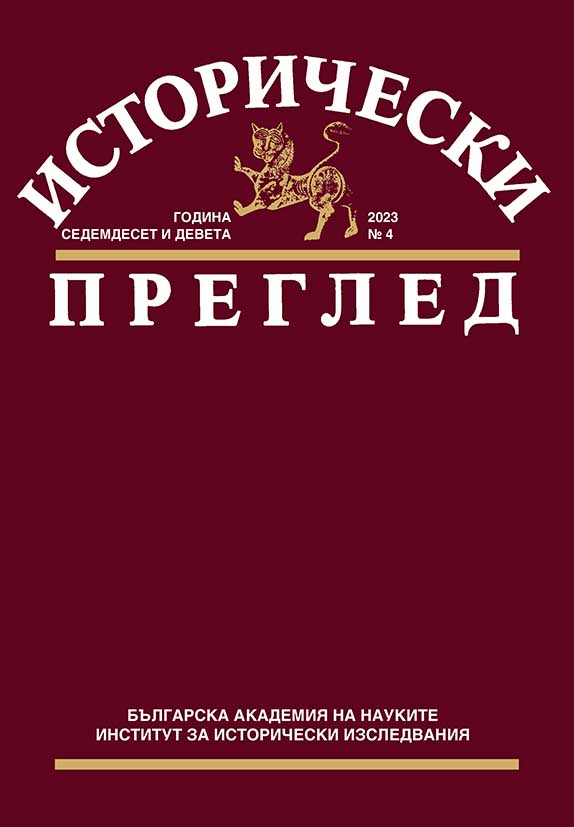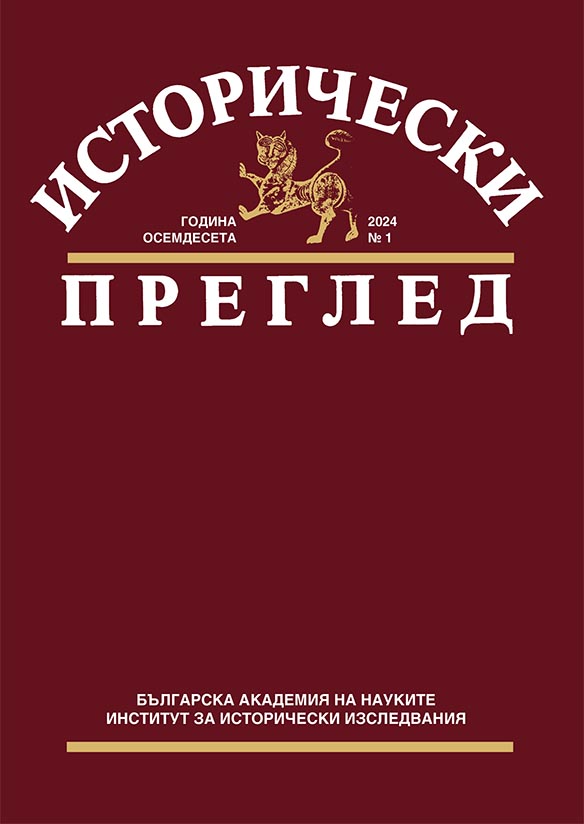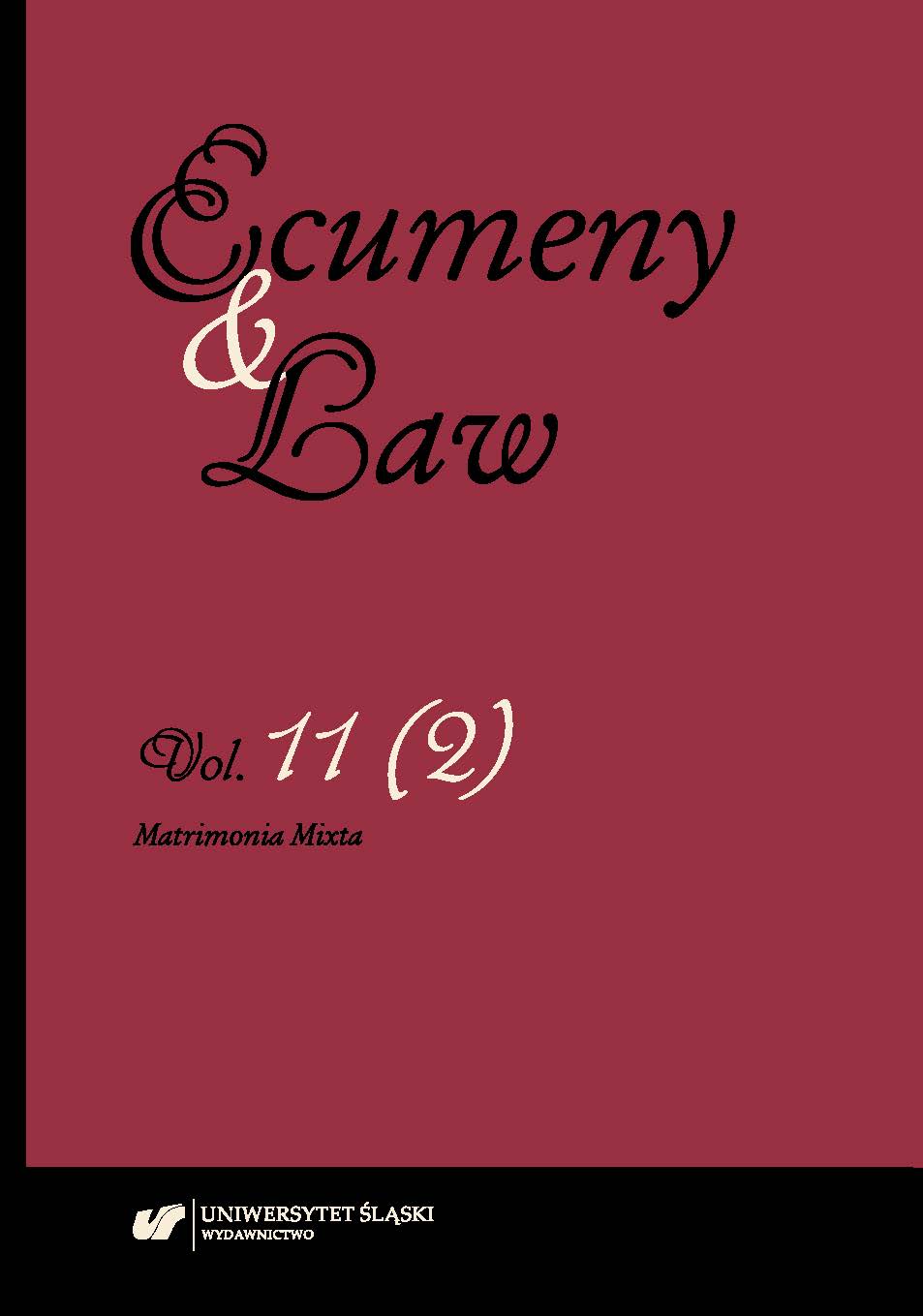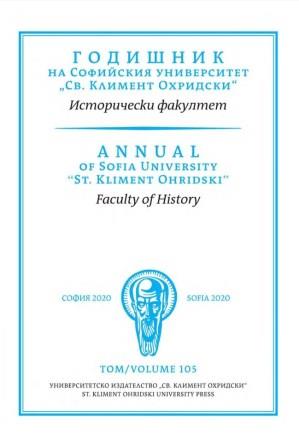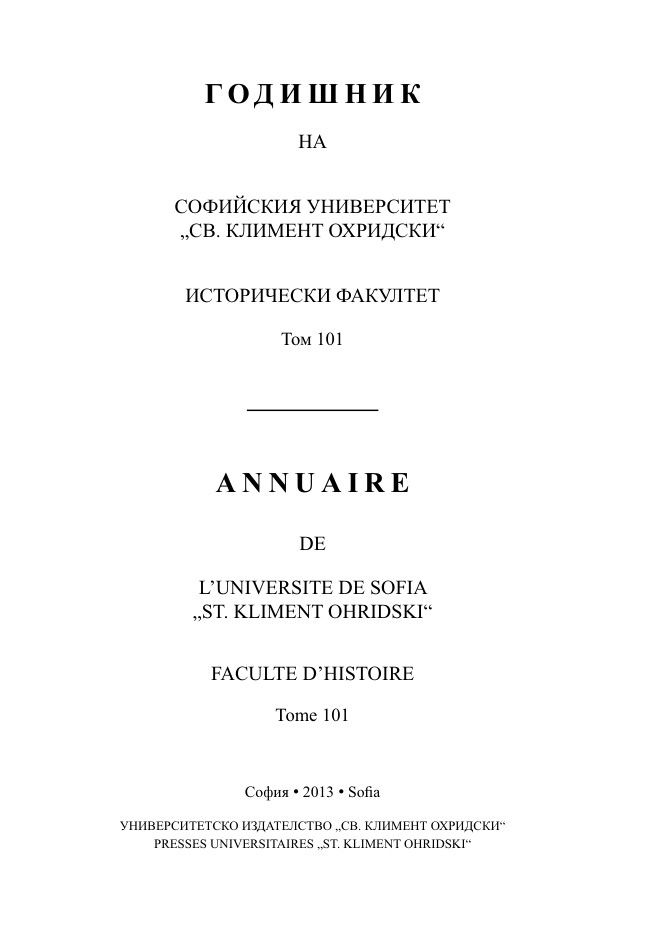Author(s): Thomas Thomov / Language(s): Bulgarian
Issue: 1/2023
The first graffito-drawing, from the northern gallery, that we present here contains a heraldic eagle. Byzantium inherited from Rome the use of the one-headed eagle as one of the emblems of imperial power, but it seems that its use as a military insignia disappears too quickly. However, the reliefs, as well as the miniatures, retain the tradition of the one-headed eagle for a long time. Due to the fashion of the eastern fabrics, which turned the two-headed eagle into dominate ornament on the palace garments during the Komnenian period, the usual one-headed eagle was almost completely replaced by this new, imaginary version. The body of the graffito eagle has a teardrop shape and with its almost round top finds a close parallel to some of the eagles on the eastern tissues. However, other details point out to the Byzantine tradition of embroidered silk textiles and reliefs. All this could points to a relative dating of the graffito between the 10th and 13th century.The second graffito is a double-headed eagle standing in heraldic pose from the southern gallery. The graffito drawing represents later image of a crowned double-headed eagle, since the examples with such a motif are more common in the 14th and 15th centuries, when it appears on marble reliefs, textiles with embroidery, seals, coins, sgraffito ceramics and manuscript illustrations. From the end of the XIV – the beginning of the XV century one can find that the heads of double-headed eagles begin to appear with crowns or, very often, a little lily. Based on all the details, but most of all the wings and the shape of the torso, as well as the spur on the left leg, it is possible to accept the relative dating of the first of the graffiti drawings within a time span between the 14th – 15th centuries. The Greek inscription (Tornikios) could hypothetically linked some representative of the famous Armenian (or Georgian) family with the depicted two- headed eagle.It seems to me that in the ornitomorphic-graffiti from the Church of Hagia Sophia is impossible to see nothing than a general image of power or a triumph of good.
More...
